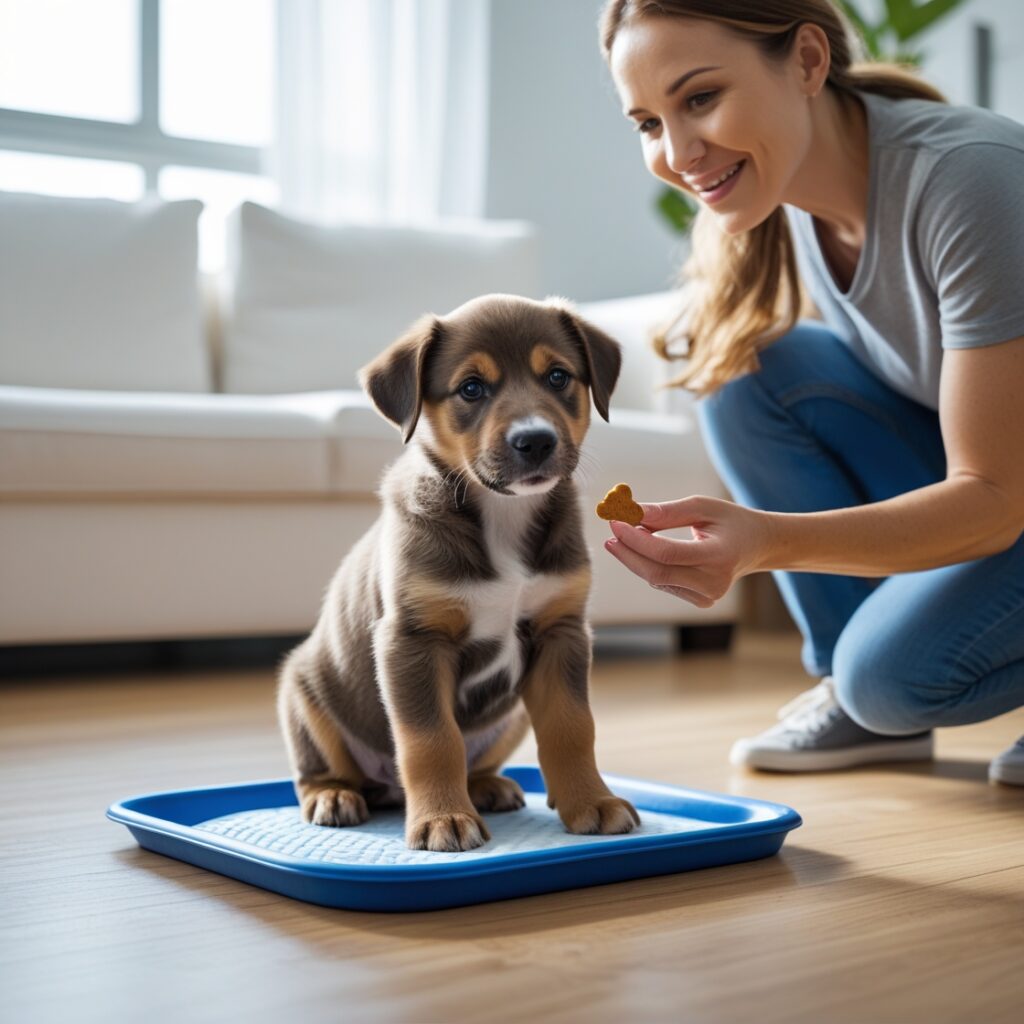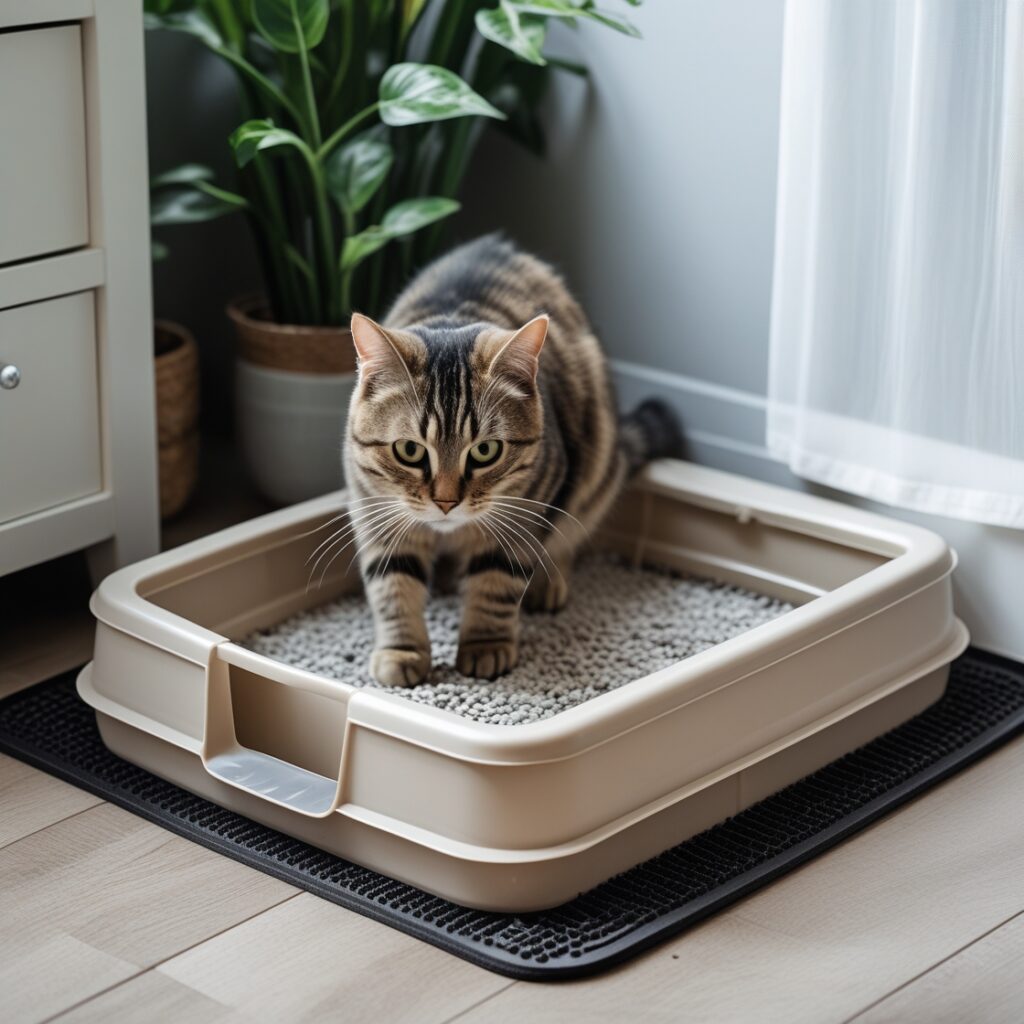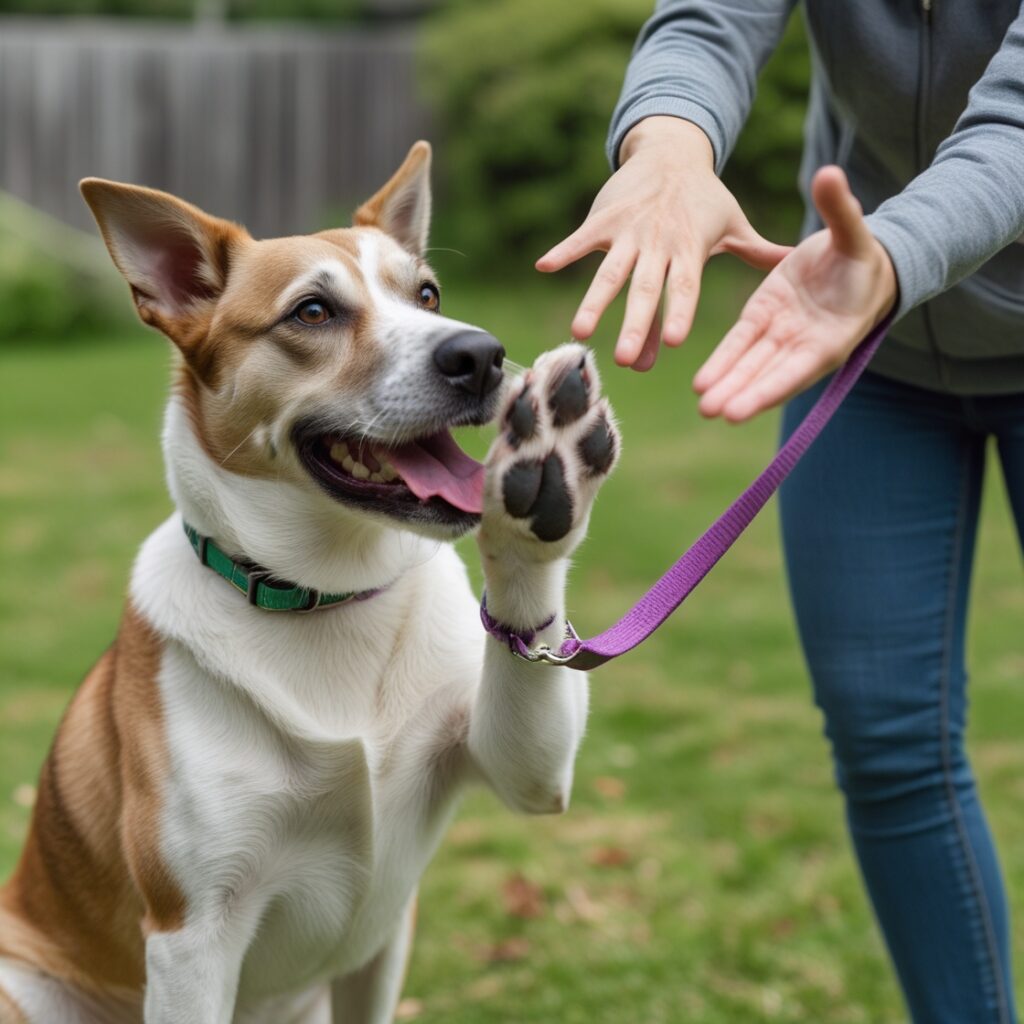Are you tired of cleaning up yet another accident in your home? 😫 Housebreaking a new pet can be a frustrating and messy process, leaving many pet owners feeling overwhelmed and defeated. But what if we told you there’s a better way?
Imagine a world where your furry friend knows exactly where to do their business, and your carpets remain spotless. 🐾✨ It’s not just a dream – with the right techniques and a little patience, you can turn this vision into reality. Whether you’re dealing with a playful puppy or a stubborn adult dog, our foolproof guide to pet potty training is here to save the day (and your floors)!

In this comprehensive blog post, we’ll walk you through everything you need to know about housebreaking your pet. From understanding your pet’s potty needs to setting up for success, we’ll cover effective training techniques, help you overcome common challenges, and even dive into advanced strategies. By the end, you’ll be equipped with all the tools you need to maintain long-term success and enjoy a harmonious, accident-free home with your four-legged companion. Let’s get started on your journey to housebreaking success! 🏆
Understanding Your Pet’s Potty Needs
A. Recognizing bathroom cues
Successful potty training hinges on identifying your pet’s unique signals. Common cues include:
- Sniffing the ground
- Circling
- Whining or barking
- Scratching at doors
- Restlessness
| Age Group | Typical Bathroom Frequency |
|---|---|
| Puppies | Every 1-2 hours |
| Adult dogs | 3-5 times daily |
| Kittens | After meals and naps |
| Adult cats | 2-4 times daily |
B. Establishing a routine
Consistency is key in housebreaking. Create a schedule that aligns with your pet’s natural rhythms and your lifestyle. Take your dog out:
- First thing in the morning
- After meals
- Before bedtime
Setting Up for Success
Choosing the right potty area
- Outdoor areas:
- Easily accessible
- Away from high-traffic zones
- Consistent location
- Indoor options:
| Option | Pros | Cons |
|---|---|---|
| Pee pads | Convenient | Can confuse pets |
| Litter boxes | Good for cats | Requires cleaning |
| Indoor grass patches | Natural feel | Needs replacement |
Essential supplies for training
Select appropriate tools based on your pet’s needs and your living situation. Consistency and positive reinforcement are key to successful housebreaking. Create a routine that aligns with your pet’s natural instincts and your daily schedule.
Effective Training Techniques
Positive reinforcement methods
Reward-based training is crucial for successful housebreaking. Use treats, praise, and toys to reinforce desired behavior. Create a positive association with the correct potty spot.
| Reinforcement Type | Examples |
|---|---|
| Treats | Small, tasty rewards |
| Praise | Verbal encouragement |
| Toys | Favorite playthings |
Consistency is key
Maintain a regular schedule for feeding, potty breaks, and training sessions. Consistency helps pets understand expectations and develop good habits. Stick to the routine, even on weekends or during busy times.

Overcoming Common Challenges
A. Addressing stubbornness
Stubborn pets can be challenging to housebreak. Consistency and positive reinforcement are key. Use high-value treats and praise to motivate your pet. Establish a routine and stick to it, even when progress seems slow.
B. Managing anxiety-related issues
Anxiety can hinder potty training. Create a calm environment and use these techniques:
- Desensitization: Gradually expose your pet to triggers
- Counterconditioning: Associate positive experiences with potty time
- Calming aids: Consider pheromone diffusers or anxiety wraps
| Technique | Description | Effectiveness |
|---|---|---|
| Desensitization | Gradual exposure | High |
| Counterconditioning | Positive associations | Medium |
| Calming aids | External support | Varies |
Advanced Housebreaking Strategies
Crate training benefits
Crate training offers numerous advantages for housebreaking:
- Safe space for pets
- Prevents destructive behavior
- Aids in travel and vet visits
- Facilitates potty training
| Benefit | Description |
|---|---|
| Safety | Provides a secure area |
| Routine | Establishes consistent schedule |
| Comfort | Creates a den-like environment |
Bell training technique
Bell training is an effective method to teach pets to signal when they need to go outside. Hang a bell by the door and encourage your pet to ring it before going out. Consistently reward this behavior to reinforce the association between the bell and potty time.
Maintaining Long-Term Success
Gradual reduction of rewards
As your pet becomes more consistent with their potty habits, gradually reduce the frequency of treats. Maintain praise and affection as ongoing rewards. This transition helps solidify the behavior without relying solely on food incentives.
Ongoing positive reinforcement
| Reinforcement Type | Examples |
|---|---|
| Verbal Praise | “Good boy!” |
| Physical Affection | Petting, belly rubs |
| Playtime | Short play sessions |
Continue to acknowledge your pet’s success with these positive reinforcements. Consistency in your response helps maintain their good habits long-term.
Conclusion
Mastering the art of housebreaking your pet is a journey that requires patience, consistency, and understanding. By following the tips and strategies outlined in this guide, you’ll be well-equipped to tackle the challenges of potty training and set your furry friend up for success. Remember to tailor your approach to your pet’s individual needs, celebrate small victories, and remain persistent in your efforts.

With dedication and the right techniques, you can create a positive and stress-free housebreaking experience for both you and your pet. As you progress through the training process, don’t hesitate to seek additional support from veterinarians or professional trainers if needed. By investing time and effort into proper housebreaking, you’ll foster a stronger bond with your pet and enjoy a cleaner, more harmonious home environment for years to come.



